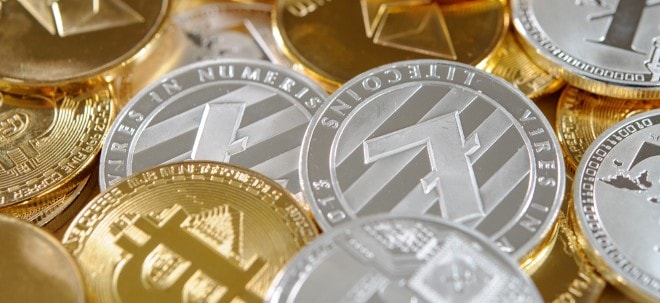Disclaimer: I am not a bagholder. I recently entered a position with a big part of my portfolio. I like to look at stocks where I think the market is mispricing risks and opportunities. I called for buying Alphabet in this sub in September and see a similar opportunity here (although not quite as strong).
Intel is currently trading at 10-20% below its own book value. This does not yet say anything about possible growth options, but it does limit the possible downside potential because it makes takeovers increasingly realistic. Remember the many interested parties when Intel was last at $19.
Cleaning up a common myth. Before I looked into Intel and I only heard about constantly crashing stock prices and bad news flow, I thought Intel was on the verge of insolvency. But that is not the case. Intel has a debt-to-equity ratio that is quite healthy and continues to generate 50 billion in revenue per year. With a conservative profit margin of 20% (below the historical average), Intel would make 10 billion euros in profit, giving it a PE of 8 at the current share price.
Pat Gelsinger's departure is definitely linked to a neglect of the product line. Without Foundry, Intel Products would have made a profit of $3.4 billion in the last quarter alone despite its current poor product range. Even if 18A fails and Intel spins off Foundry, the company is the opposite of dead. By comparison, when AMD spun off Global Foundries in 2009, the share price jumped 20% on the day of the announcement and tripled over the course of the year. Chip manufacturing is a very thankless business. That is why TSMC has a monopoly in the manufacturing of the most modern semiconductors that was only built up with state support.
Intel's improving CPU lineup, driven by the Lunar Lake and Arrow Lake chips, positions it well for a recovery in the PC and server markets. The first Panther Lake chips, which are to be produced on Intel's 18A, are already in initial testing at the OEM. These chips are to be released in the second half of 2025 and 70% produced in Intel's own factories, which could heavily increase margins. I don't want to sugarcoat anything. The last year was very difficult for Intel. First, there were stability issues with Raptor Lake CPUs, which even led to a lawsuit against the company. Then the new Core Ultra Desktop CPUs disappointed, proving efficient but in some cases even lagging behind the performance of the previous chip generation in gaming. But Intel still holds between 60-70% of the global CPU market. AMD's CPUs perform particularly well in gaming, and the switch from Intel to AMD is currently taking place primarily in the niche market of self-built PCs. In the OEM market, Intel continues to dominate massively because AMD cannot provide the quantity of chips needed and the focus here is on factors where Intel still at least matches AMD.
The B580. While the pure specifications of the new Intel Battlemage graphics card are nothing special, they have received very positive feedback from a large number of reviewers, precisely because of their very low price, and are currently sold out almost everywhere. The B580 and upcoming graphics cards won't change Intel's bottom line for the time being, but the rapid and extremely good development over just 2 generations shows me that Intel's innovative spirit has not yet died.
Let's now turn to 18A and the opportunities that come with it. While the departure of Gelsinger has raised doubts about the success of 18A, all the latest published news indicates that 18A is on the right track. The process currently has a defect density of 0.4 defects per square centimetre, which is only slightly worse than the TSMC benchmarks of 0.33 defects on the older N7 and N5 nodes at comparable development stages – about a year before entering mass production. Since the standard for this development stage is usually below 0.5 defects per square centimetre, this means that Intel could well be within industry standards for advanced nodes and should be sufficient to achieve viable yields. So, if we are to believe the ex-CEO and the current interim CEOs, we have nothing to worry about here.
Should Trump also impose tariffs on Taiwan, Intel won't even have to be the best player anymore, because with a snap of the fingers, its foundry business will be 20% cheaper than TSMC. And that is truly not unrealistic. Trump said in the podcast with Joe Rogan that he considers the subsidies from the Chips Act to be nonsensical and would rather go the route of tariffs. However, since the subsidies from the Chips Act have already been paid, Intel would benefit twice over.
For me, one of the biggest bull cases for the foundry business: the big tech companies no longer want to finance NVIDIA's 50% margins. Until recently, FOMO drove the market, with every big company wanting to acquire the best GPUs for fear of missing out. However, AI currently seems to be yielding less return than hoped for, which is why the switch to significantly cheaper and now very competitive ASIC in-house developments such as Google's TPUs seems inevitable. The multi-billion dollar deal to produce Amazon's AI chips on 18A was just the beginning. Other tech companies will follow with their designs.
https://www.reddit.com/r/stocks/comments/1hhi6lc/...tent=share_button |


 Thread abonnieren
Thread abonnieren


